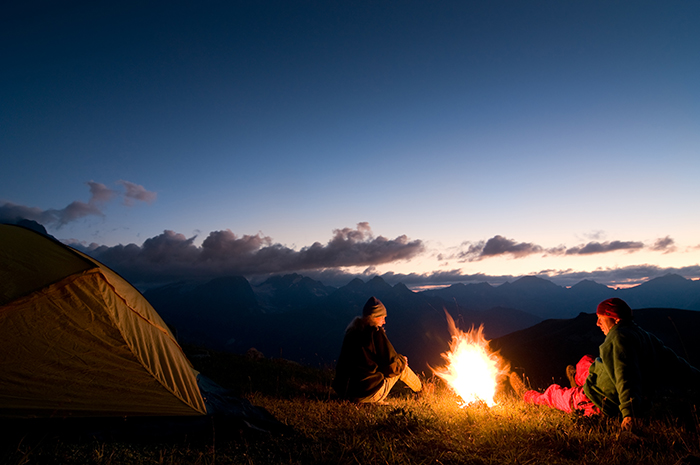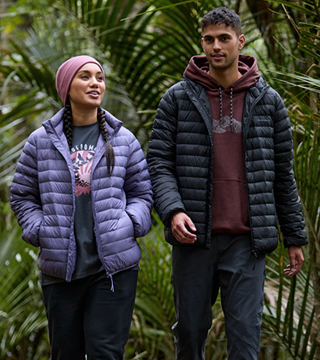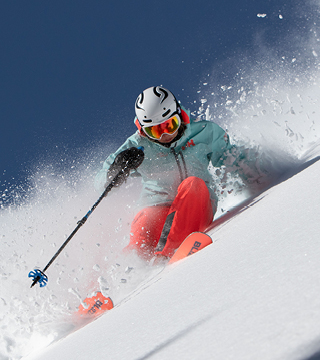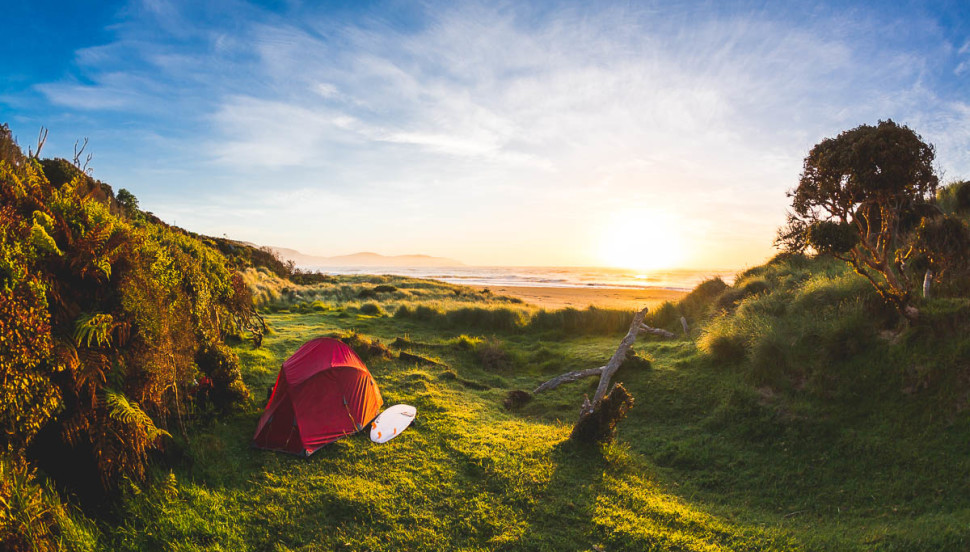What do you want to use it for?
This is an extremely important question to ask as no single tent will suit all uses and conditions. Do you plan on using it for extended periods in summer at a camping ground? Do you want to use it while travelling around in a car or for use on weekend trips? Or do you want something light enough that you can carry in your pack while you walk to a camping spot?
The next question is how big do you need the tent to be? There are obviously advantages and disadvantages to each size of tent.
What are the differences between canvas, dome and adventure?
Canvas tents
Canvas tents are spacious and feel more like a large bedroom with lots of headspace. They use Canvas fabric and steel poles – or they can be inflatable (no poles!). The heavier the gsm of fabric, the more durable and sun resistant they are. Some canvas tents have a heavier roof and lighter sides. Canvas tents are generally cooler than nylon/polyester domes – but this also depends how many windows and mesh ventilation panels a tent has. Canvas tents take up more boot space than domes but take about the same time to put up once you are familiar with how to pitch them.
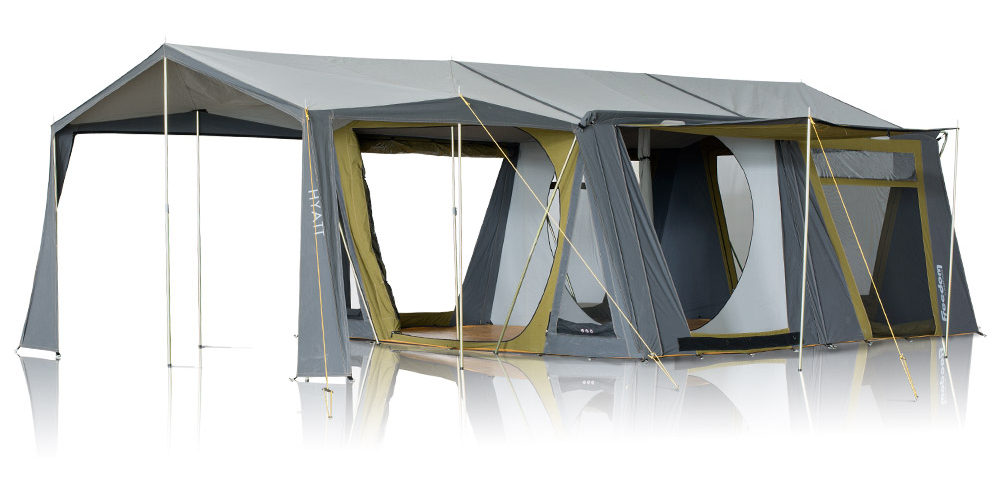
Dome tents
Dome tents are available in a huge range of sizes and structural configurations – so choose the size to suit the number of family or friends you need to accommodate, and boot space. If you have a family of 4 then you may need a multi room tent, but if it is for 1 person you can go with a smaller option.

The size of the tent should be relative to how much room you need to be comfortable on a camping trip, and perhaps how long you intend to stay. Dome Tents are the most popular tent option due to being relatively inexpensive, easy to put up and take down, and being of a lighter and smaller packed down size than canvas tents.
Adventure tents
Adventure tents are generally made from more technical and lightweight fabrics, and use light, strong alloy poles. They are designed to be compact and light enough to carry in your backpack – from overnight hikes to alpine use. They vary from a more basic single pole (summer cycle touring/bivys) to full-on alpine tents that use top of the line fabrics and poles so they can withstand strong winds and snow loads.
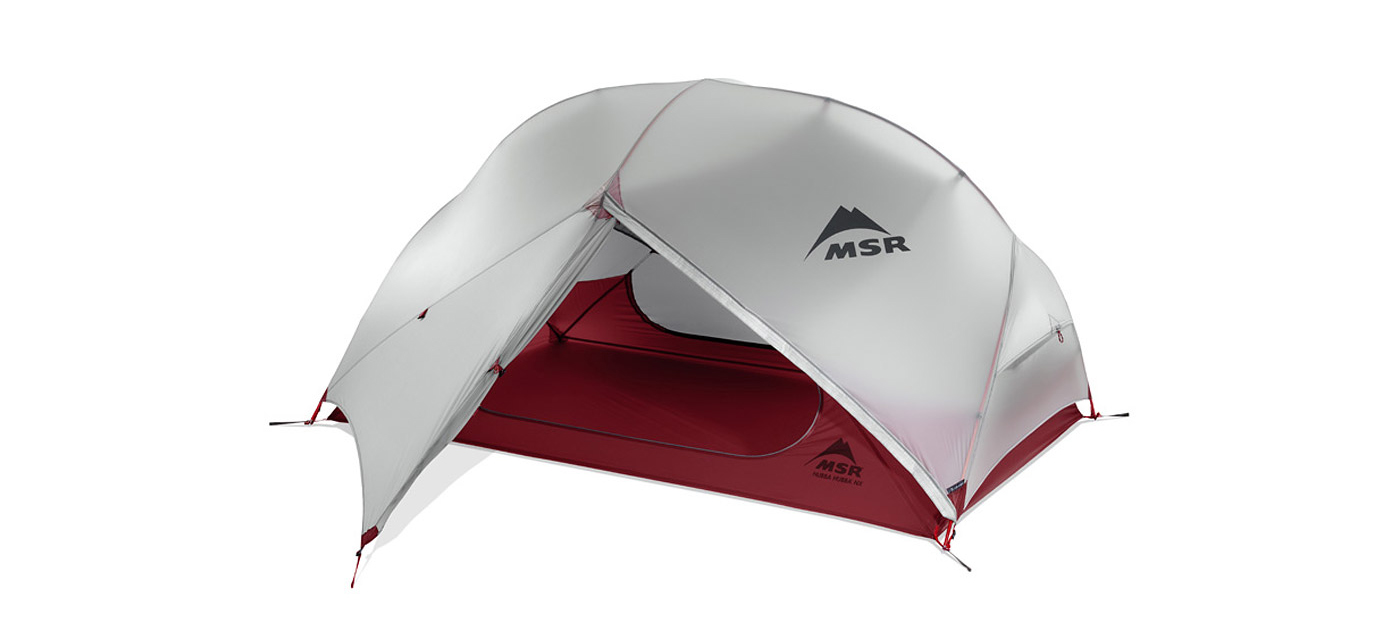
Floor fabrics of tents are generally made in heavier fabrics with additional waterproof coating to make them more durable and watertight. Heavier weight nylons and polyesters are typically used in combination with a PVC coating. Only in lightweight dome tents or adventure tents will you start PU or silicone bases polymer coatings as they are more expensive to produce and less durable.
What budget do you have?
There are a huge range of tents available out there and with that come a broad range of prices. In some respects you do get what you pay for, but under normal weather conditions all of our tents offer adequate shelter against the elements. The variations in pricing generally come down to a few factors. The bigger the tent, the higher the price that will normally be associated with it due to the amount of fabric, workmanship, and structural material needed to make it. The materials used in construction have an effect on price, with more weatherproof fabrics or stronger poles and materials costing more than basic materials, thus pushing up the overall price. Other than that, the variations in price mainly come down to the features within a tent that make the shelter more comfortable. Buying the most expensive tent won’t necessarily mean it is the right tent for you, you are always best to best to compare a range of options and select the tent that best suits your needs.
What conditions can tents withstand?
Not all tents are created equal in terms of strength and durability, therefore anticipating the environmental conditions the tent will come under is important to understand. Large tents are not designed for very strong gale force winds in general, as bigger tent walls have a greater surface area against the wind, which in turn places added stress on the tent frame. With this in mind, most dome tents will stand up to strong winds in camping grounds if pitched correctly, but are not designed for alpine or wilderness conditions. If you are looking for a tent to use tramping or in alpine conditions please see our adventure tent category. Otherwise, any of our dome tents (or canvas tents) will be suitable for New Zealand’s camping grounds under normal weather conditions. However, we do suggest you avoid pitching a dome tent or canvas tent in violent weather conditions and gales; they are not designed to cope under such pressure.
Helpful Hints
• Always follow the manufacturer’s instructions.
• Pitch your tent at home before you go on your adventure – this means you know what to do if light is fading or it’s pouring with rain and you need that tent up in a hurry – and saves you from your friends sitting back and taking the mickey out of your efforts!
• If possible, try to pitch your tent with the rear of the tent facing the prevailing wind.
• If possible do not pitch your tent under trees. The dripping on your tent could keep you up at night and falling branches can damage your tent. Tree sap and bird
droppings will cause irreparable damage to your tent.
• Always ensure that the fly is velcroed onto the frame (if this is part of the design), that way when all the guy ropes are pegged out, they will hold the frame of the tent in place. It also ensures that the guy ropes pull on the frame, not just the fly.
• Always peg out the guy ropes, it helps stabilise the tent, places any pressure on the correct aspects of the frame and can prevent damage in strong wind.
• Hit your pegs in at a 45 degree angle.
• Always pack away and store your tent completely dry – rain or condensation will rot your tent if it is packed away damp.
• Do not leave your tent pitched unnecessarily. UV light shortens the life of your tent.
• Leave windows open during the day to make for a cooler tent
